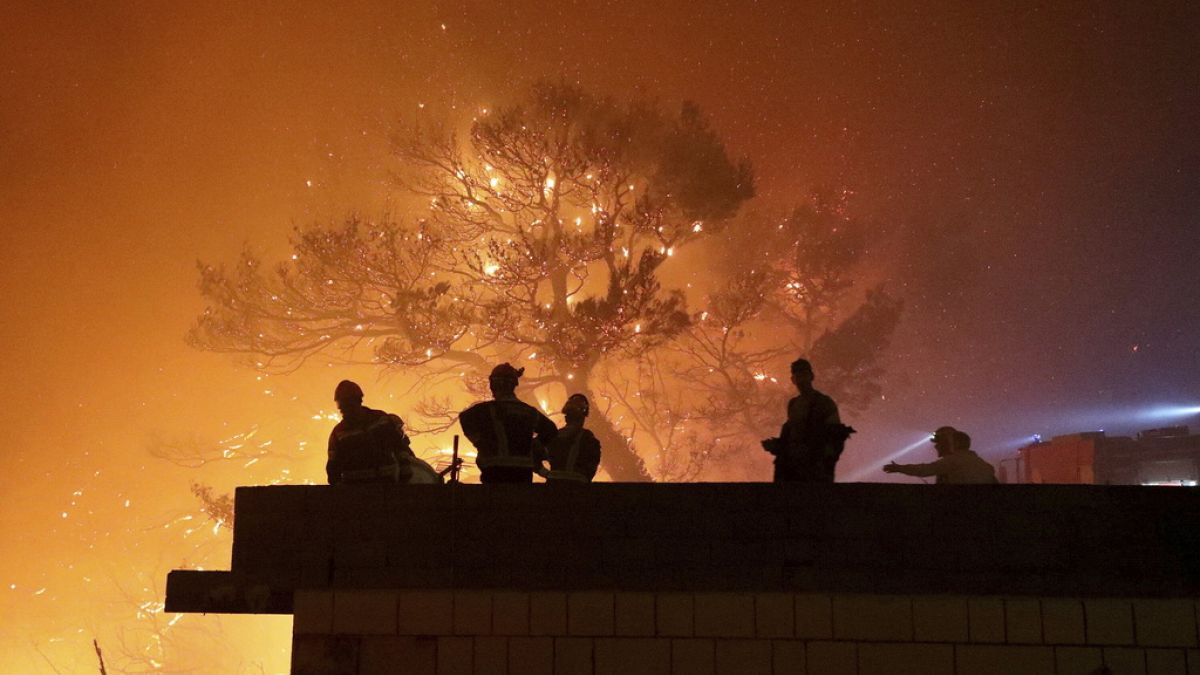The heatwave in Europe raises the risk of fires, prompting the EU to activate its emergency mechanism for on-ground assistance. How does this mechanism work?
The heatwave sweeping across Europe has heightened the risk of wildfires. Flames are spreading through the southern parts of the continent, impacting Croatia, Italy, Greece, and nearby countries.
To tackle this threat, the European Union uses the EU Civil Protection Mechanism, established in 2001, which consists of three branches and deploys a fleet of 28 water bomber planes and 4 helicopters through its Member States.
The EU has allocated €600 million to purchase 12 water bombers, that are expected to be operational by the end of the decade and will be distributed among six member states.
The Union can also intervene on the ground.
"More than 500 firefighters are pre-positioned in four southern EU Member States—France, Portugal, Spain, and Greece—and can be called upon to assist local teams if needed," explains Balazs Ujvari, spokesperson for the European Commission.
Additionally, Member States can use satellite images from the Copernicus system, the European Earth observation program, which was activated 25 times in 2023 to monitor wildfires worldwide.
To request assistance from the EU's mechanism, national authorities can reach out to the Emergency Response Coordination Centre in Brussels around the clock. Requests and needs are then forwarded to the appropriate capitals.
"So we aim to act as quickly as possible, which can take a few hours, sometimes a bit longer, or even just a few minutes," Balazs Ujvari adds.
Prevention over suffering
While fire prevention remains the responsibility of Member States, the EU implemented an action plan in 2022 to enhance administrative capacities and knowledge, as well as to boost investments in wildfire prevention.
The EU is also working to develop a method to assess national prevention systems and facilitate the exchange of best practices among the 27 Member States.
Wildfires destroyed nearly 900,000 hectares of land in the EU in 2022, according to a report from the Commission's Joint Research Centre. However, 2023 was even more severe, marking the largest fire in Europe and one of the worst wildfire seasons ever recorded in the Union.
The EU Civil Protection Mechanism also extends beyond the borders of Member States.
"We are in solidarity with everyone, so anyone can request help," says Balazs Ujvari. Last year, the Union intervened in Chile, Canada, and Tunisia, and last month, Albania sought EU assistance.
The Civil Protection Mechanism was activated 10 times last year, and by mid-summer this year, it had already been used five times.












